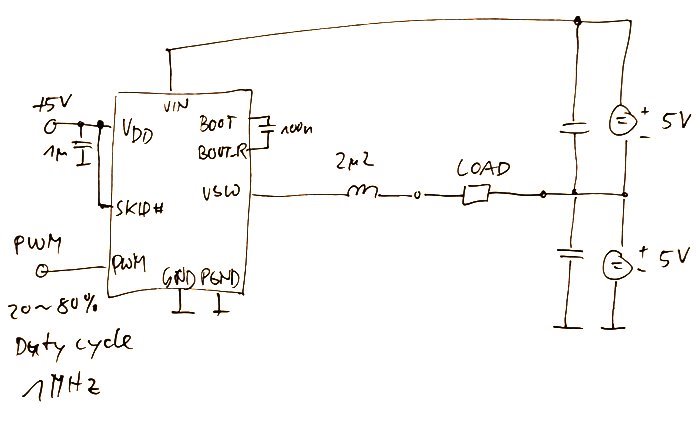Hi,
we want to use this part to drive an inductor that is tied to VCC/2 on its other end. Current needs to flow in both directions. This part seems to be suitable for this when used in forced CCM. As there is no evaluation board available for this product (is there a similar type that does have that?), I am asking if the part can be used this way, or if there might be caveat's to consider.
Cheers
Frank


